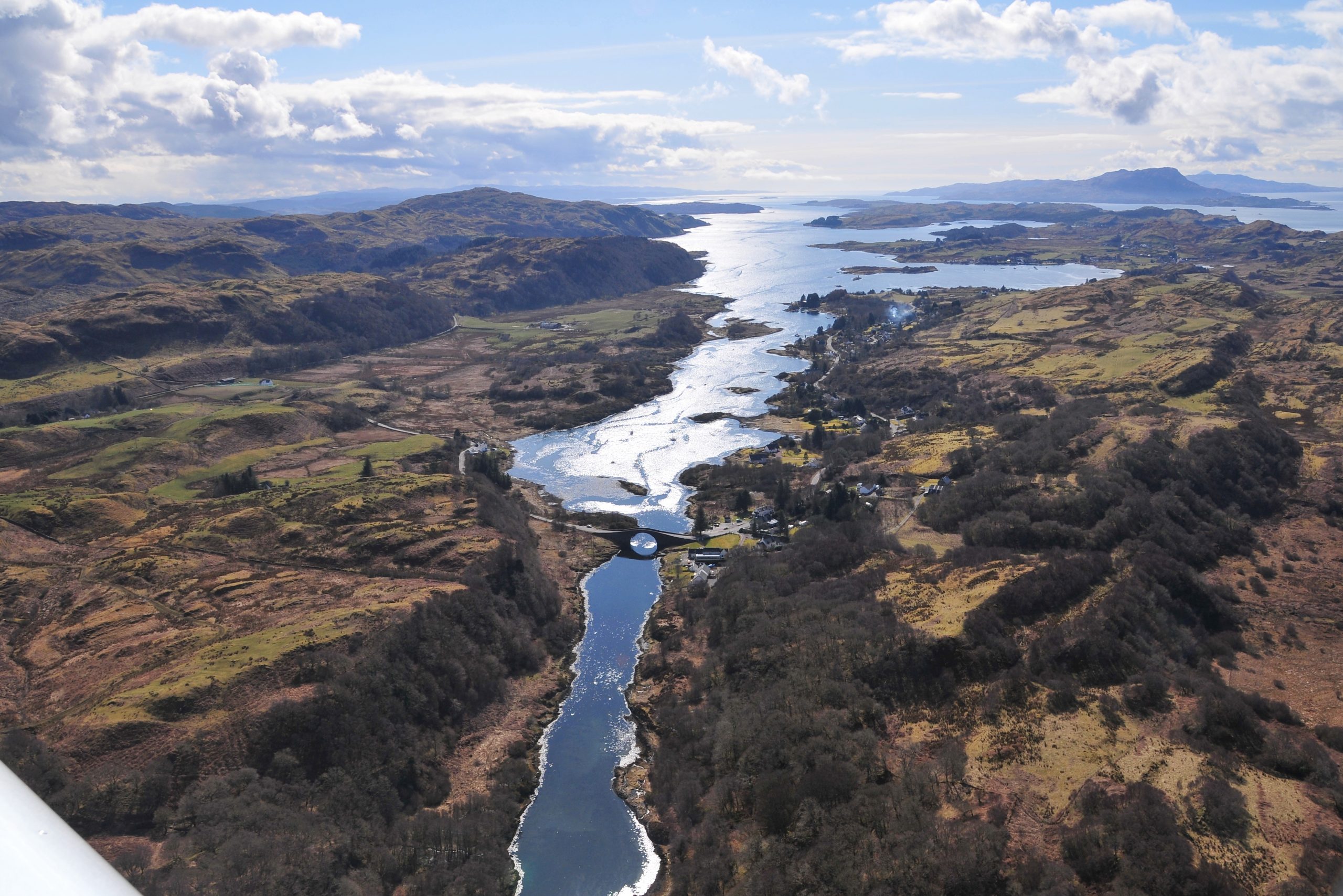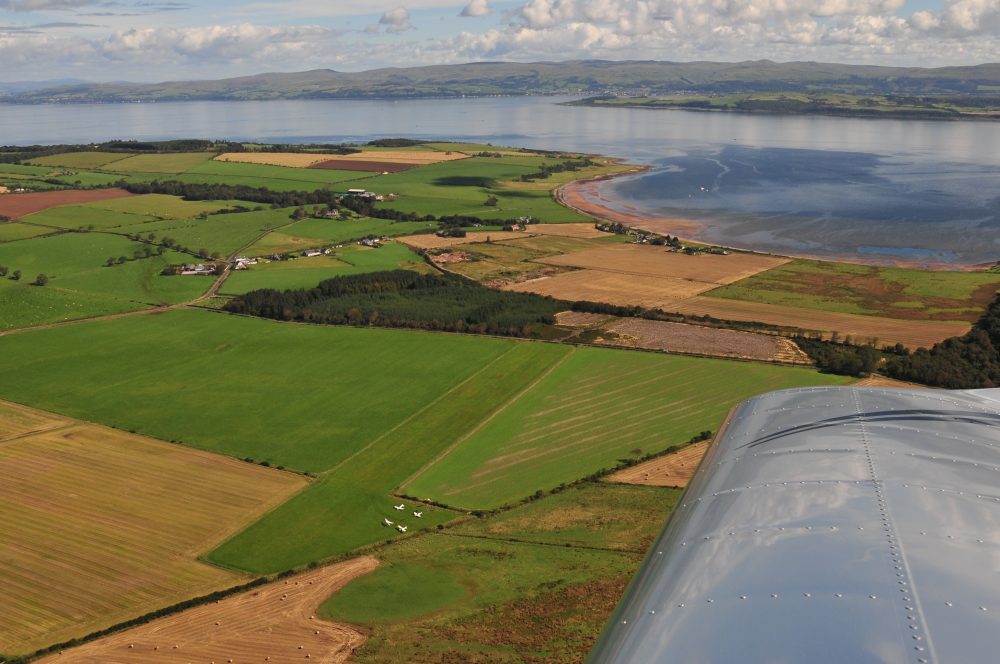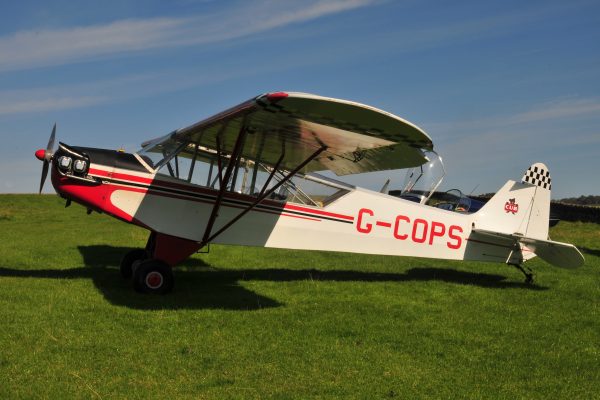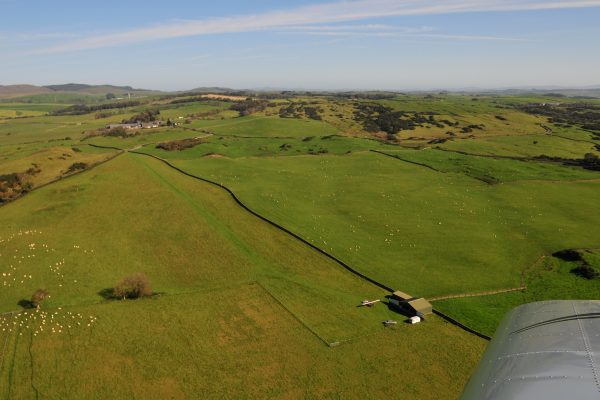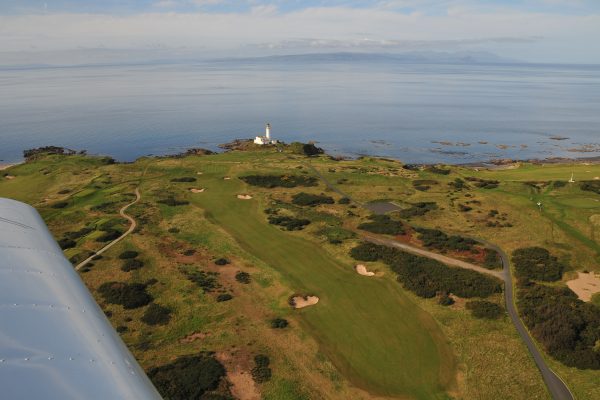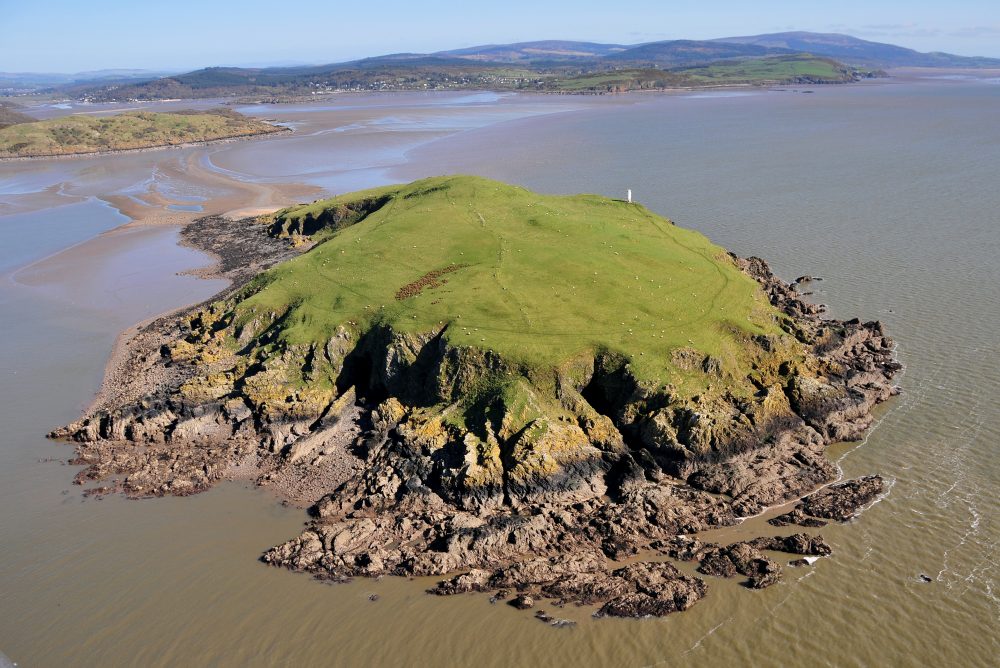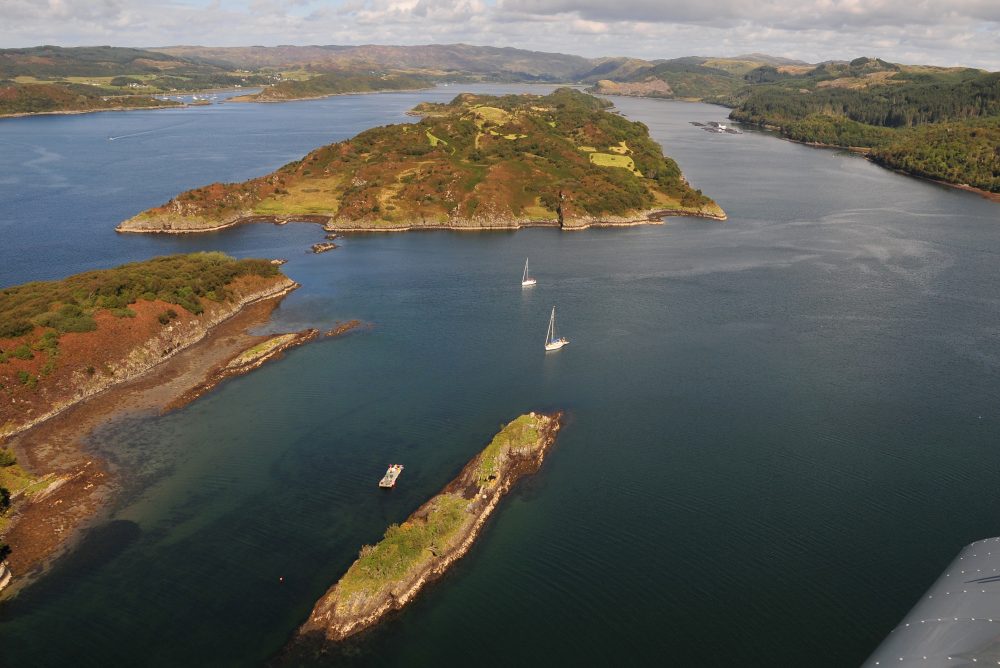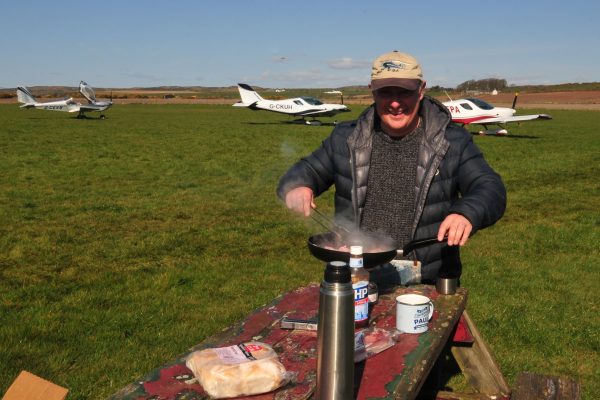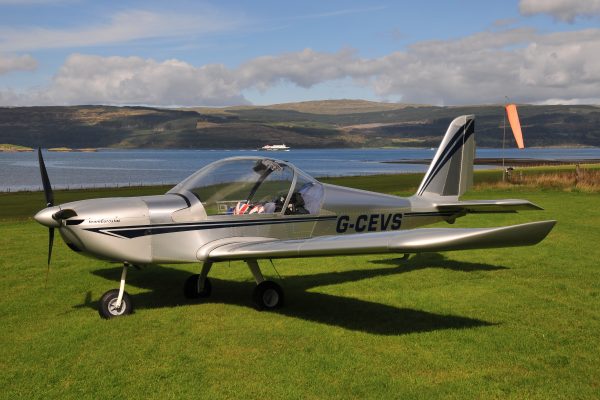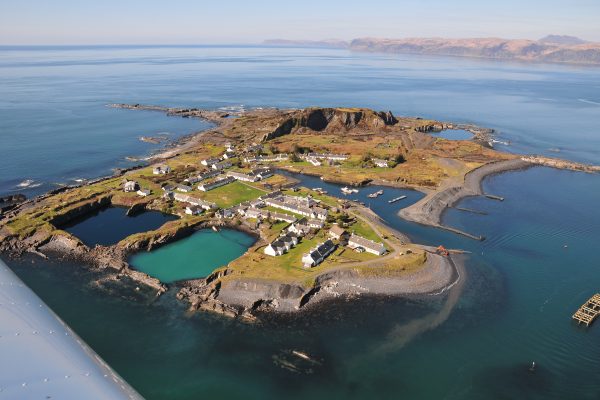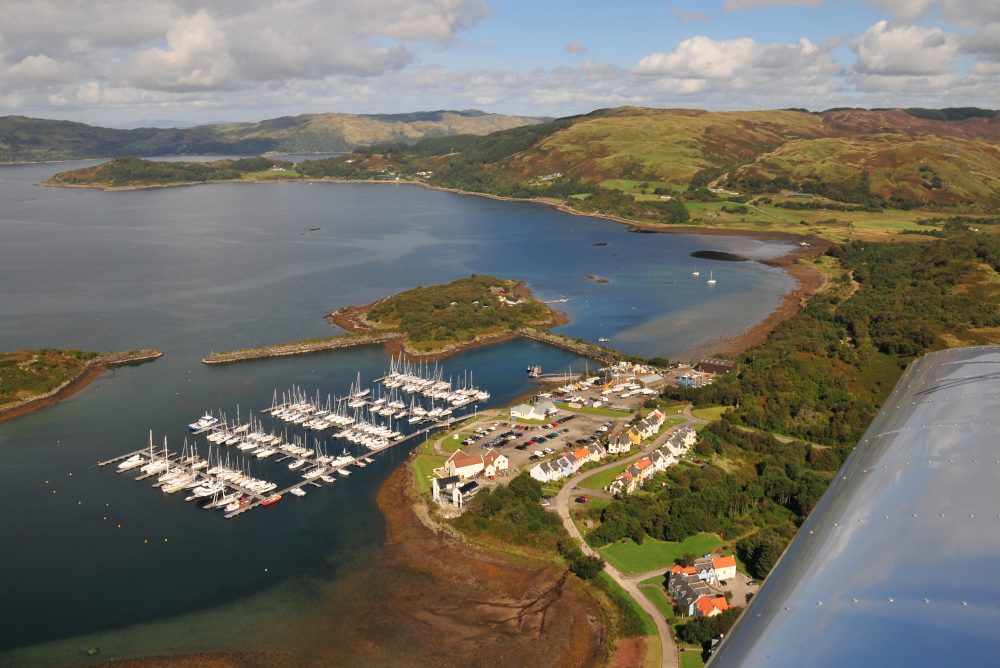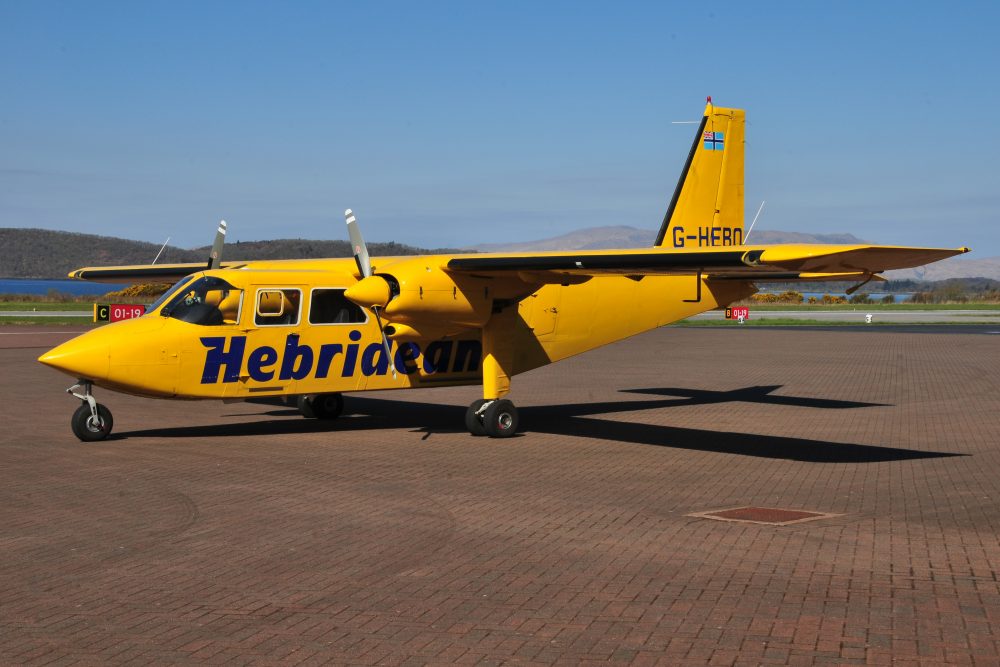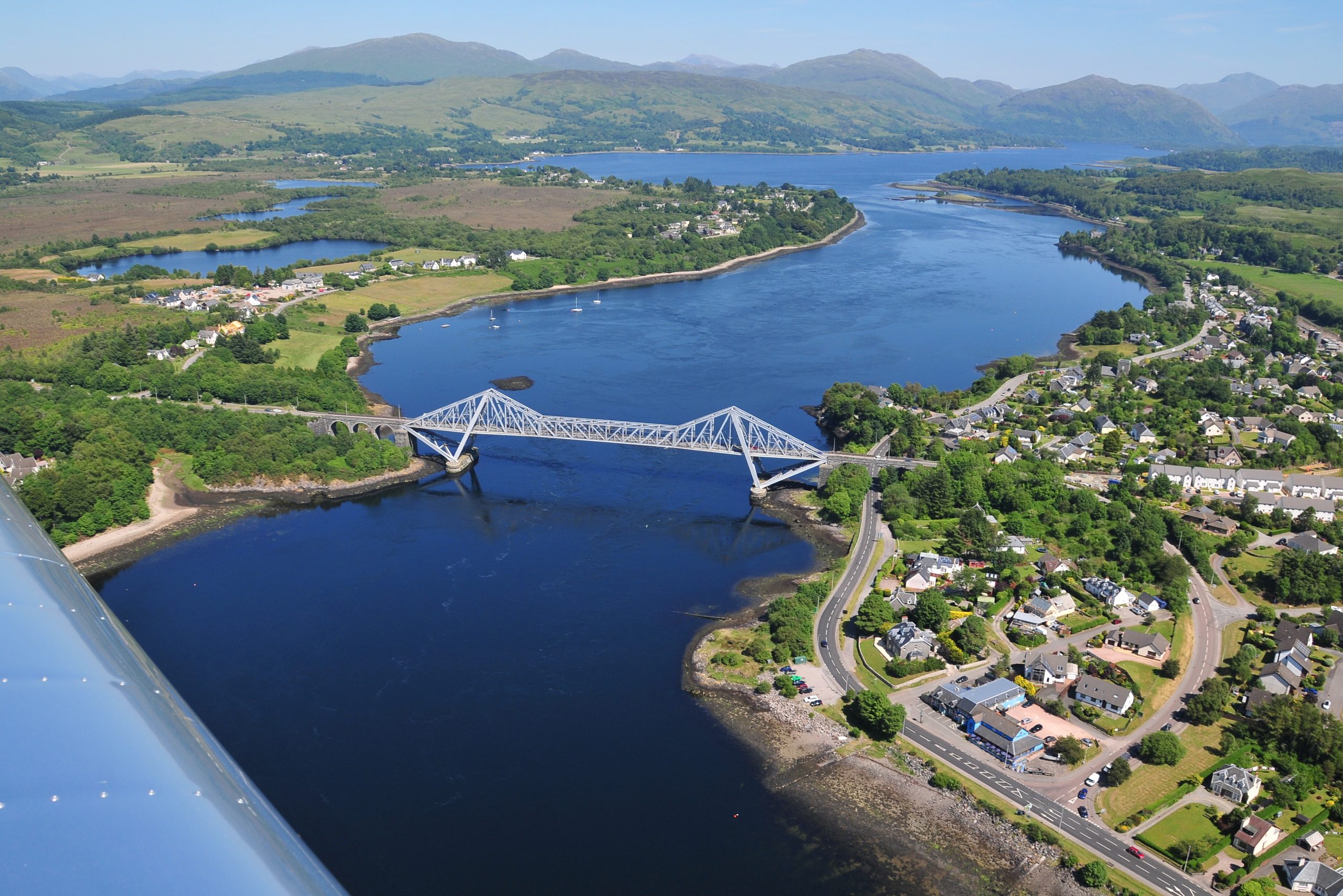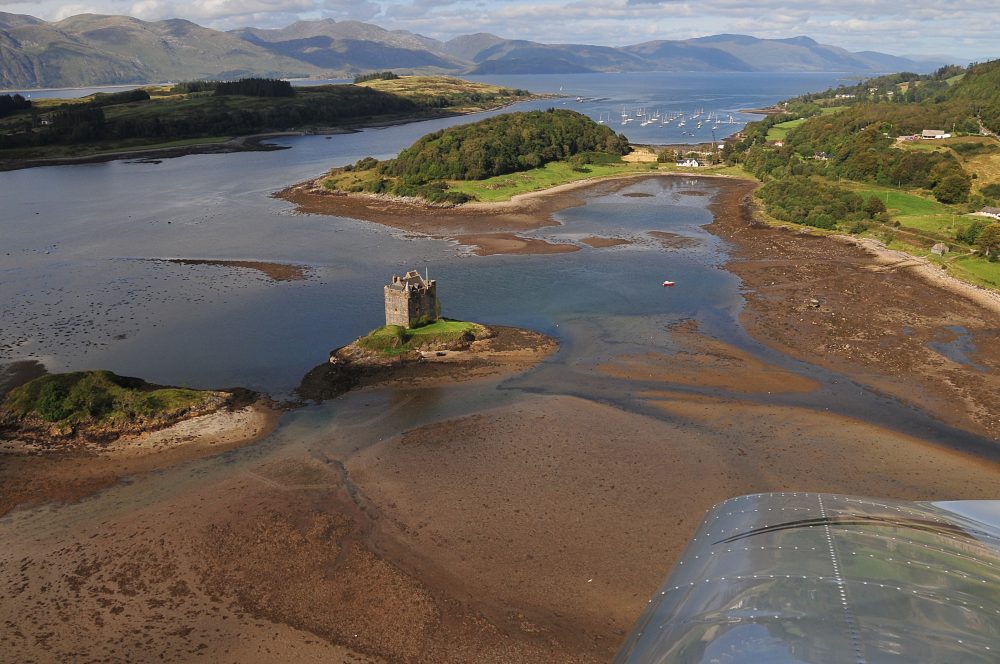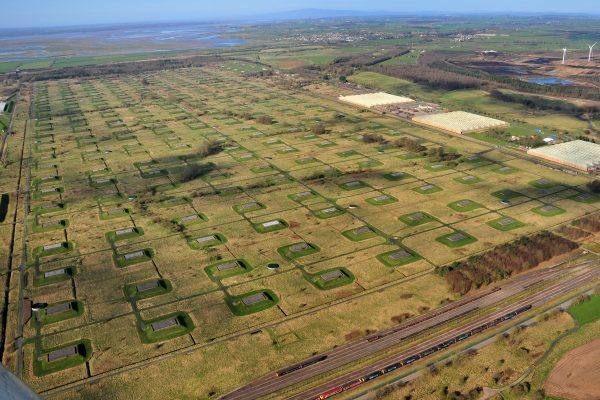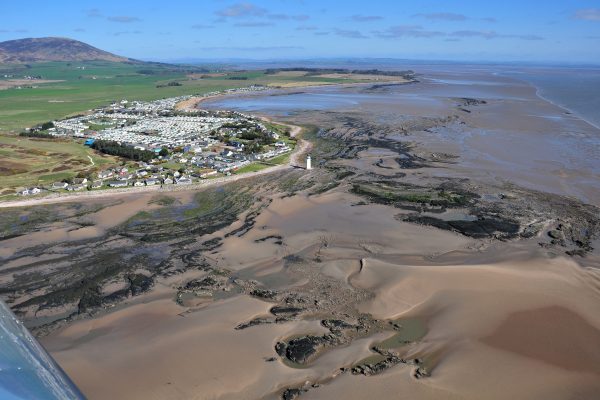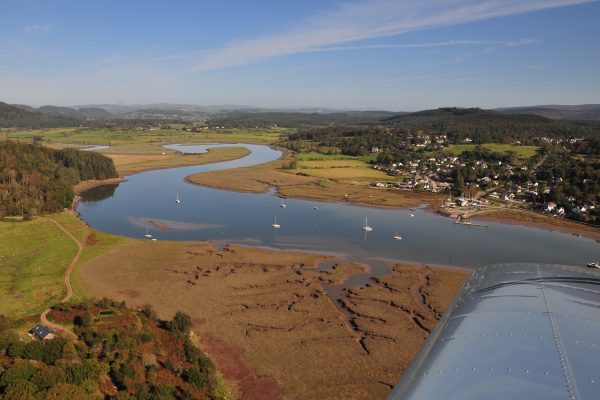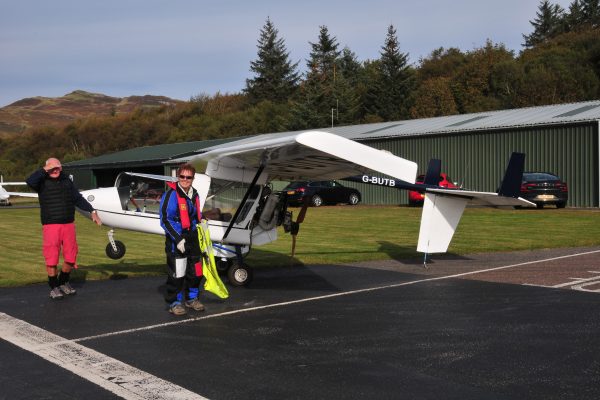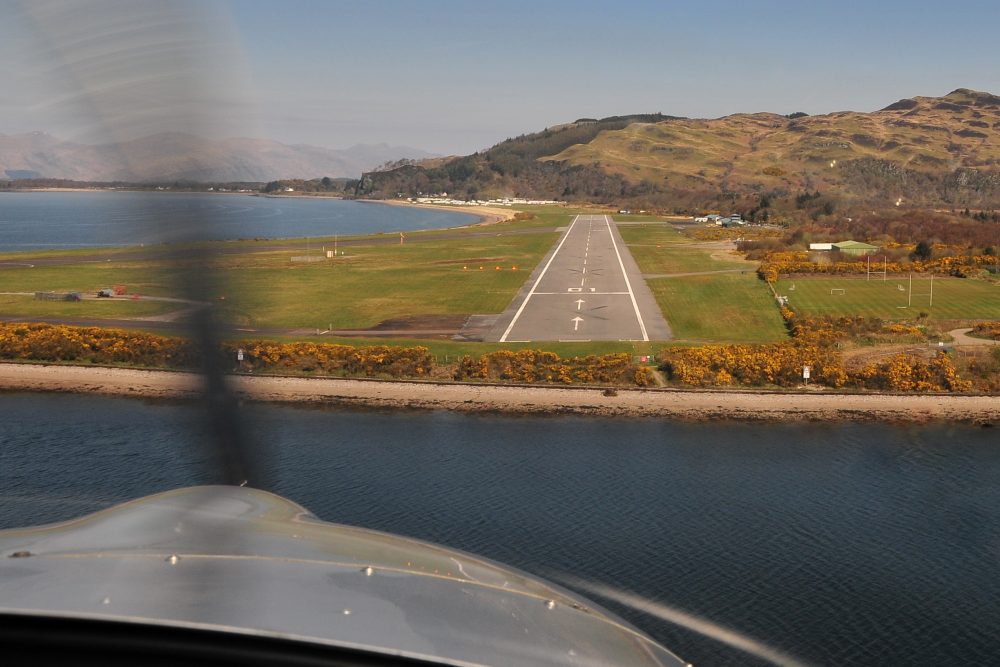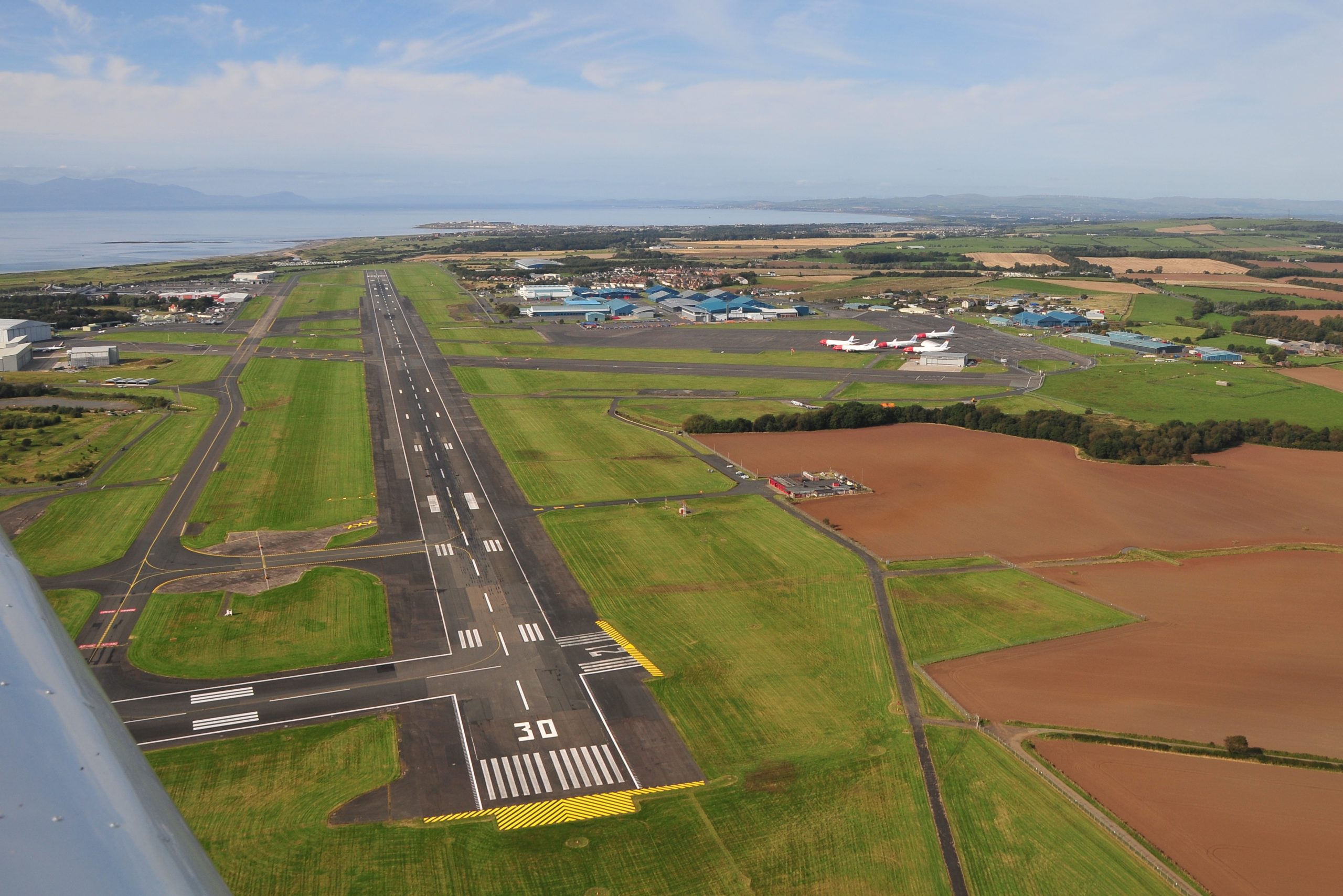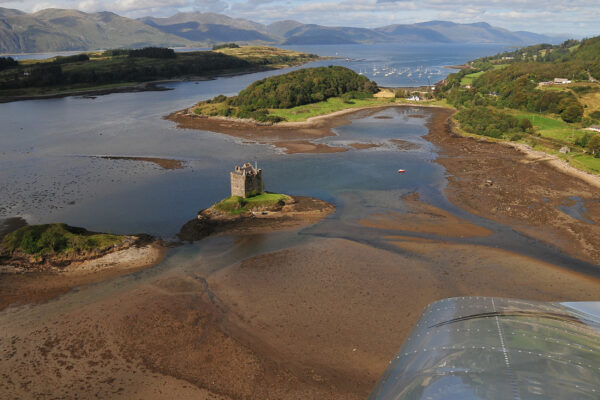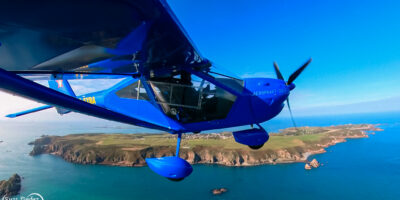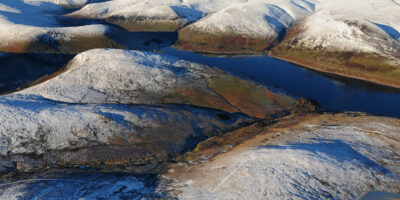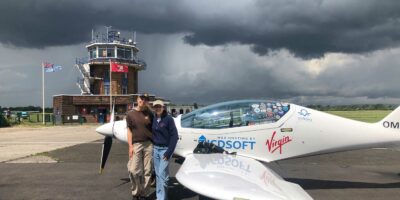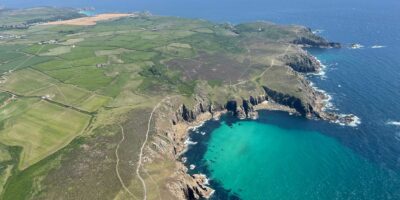After another quick stop with the £10 landing fee deposited in the letterbox, we departed north, which afforded great views of the magnificent Lochinch Castle and gardens, home to the Stair family for many generations. Post-lockdown, the gardens and associated tearooms and plant centre will again be open to the public and are about a 20-minute walk from the airfield, for those looking for a day out.
Immediately after, we passed abeam Stranraer and head up Loch Ryan, above the Stena and P&O ferries arriving from Northern Ireland, before following the coast north along the Firth of Clyde.
Turnberry is owned by the former US President, Donald Trump and … is Scotland’s most expensive round of golf at £350.
From our lofty perch we have an excellent view of Ailsa Craig, a 220-acre island 10 miles offshore, which has long been quarried for the special micro-granite that is used for curling stones. Notably, all the Olympic curling stones originate here.
Passing over the famous Turnberry golf course complex, we can still make out the three former hard runways contained within, a reminder of when the historic courses became RAF Turnberry in WWII operating a mix of Coastal Command and Bomber Command types. These days, Turnberry is owned by the former US President, Donald Trump, and the Ailsa Course, which has hosted four Open Championships, is Scotland’s most expensive round of golf at £350. Who said flying was expensive…?!
We gave the ever-helpful Prestwick an early call to negotiate a low-level transit through its CTR/ATZ south to north and, as they were using R30, we were cleared to pass just east of the R30 threshold. In a sign of the global airline downturn, we spied the sad sight of five Norwegian 787 Dreamliners in storage on a remote apron. We exit the Prestwick CTR at Irvine Harbour and once clear of EGR515 (Hunterston Nuclear Power station), we descend into fabulous Bute airstrip and land on the 480m R27.


